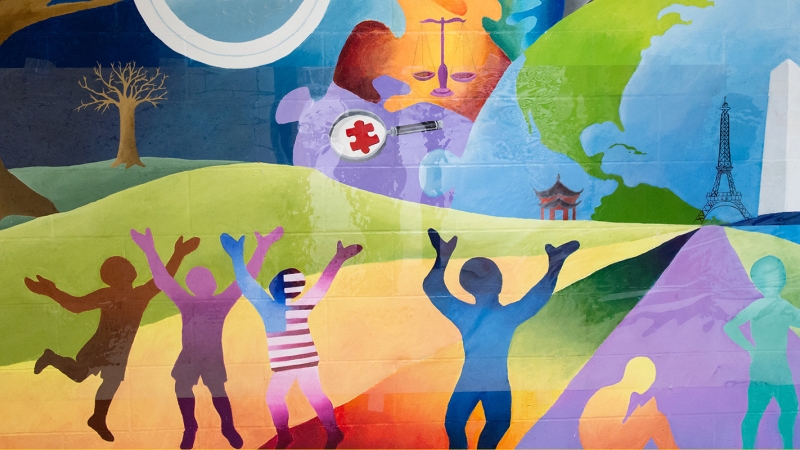
Oakton High School Students Give Presentations at Global Health Leaders Conference
This past summer, five students at Oakton High School—Lucy Kim, Sejal Singh, Emily Yu, Rana Ali, and Sarah Cortez-De La Cruz—attended the 2021 Global Health Leaders Conference at Johns Hopkins University, a virtual conference at which emerging health leaders in grades 9-12 from around the world learn from one another and some of the world’s leaders in global health, public health, and medicine. Presenters included the U.S. Center for Disease Control’s Director of the Center for Global Health, a Nobel Laureate, and world-renowned professors, researchers, and physicians.
Lucy, Sejal, Emily, Rana, and Sarah were part of a small group of students from Virginia admitted into the highly selective conference program this year, and as part of their participation, each gave presentations to the group.
Lucy discussed the mechanisms of PSGL-1 Restriction when it comes to COVID-19 and other viruses such as HIV, Influenza A, and Murine Leukemia. Watch Lucy's presentation:
Sejal discussed the various ways that gender inequality in healthcare presents and encourages everyone to promote change on a local and global scale by joining advocacy groups and recognizing these inequalities when they see them. Watch Sejal’s presentation:
Emily discussed the economic impacts of COVID-19 on mental health; she analyzed trends and findings with consideration to gender, age, income level, and race to identify which populations are at greater risk for mental health disorders during the current pandemic. Watch Emily’s presentation:
Rana discussed possible solutions to blood shortages and inadequate screening for infections in order to address the increasing global demand for blood that can be safely transfused. Watch Rana’s presentation:
Sarah investigated the stigma behind eating disorders globally and seeks to understand how westernization influences global health. She urged individuals to not only evaluate their perception of disordered eating, but consider how they themselves may contribute to the stigma. Watch Sarah’s presentation:






